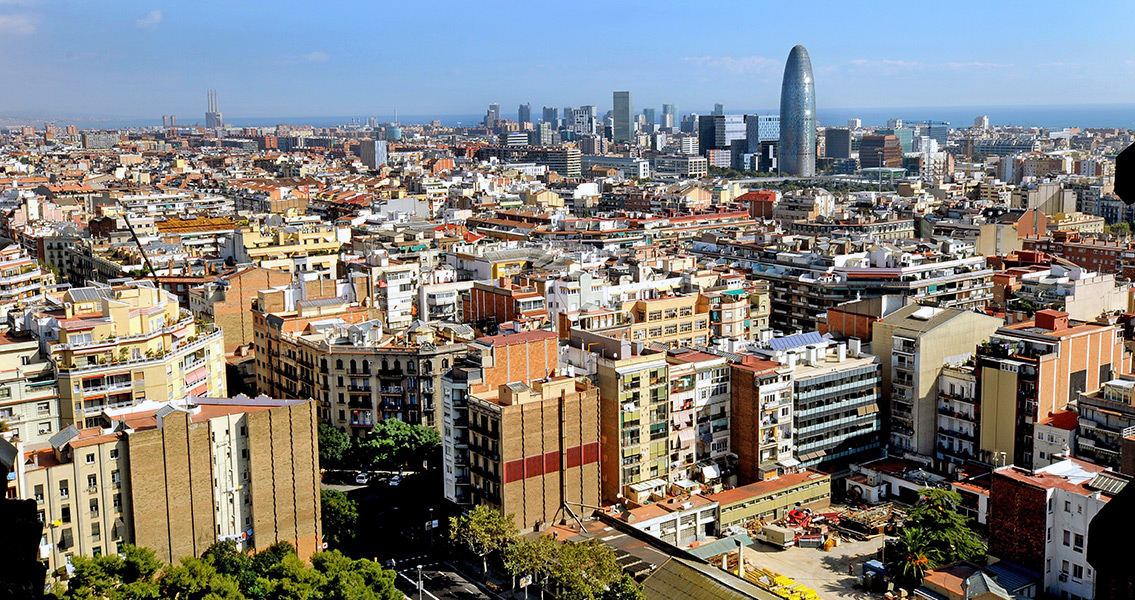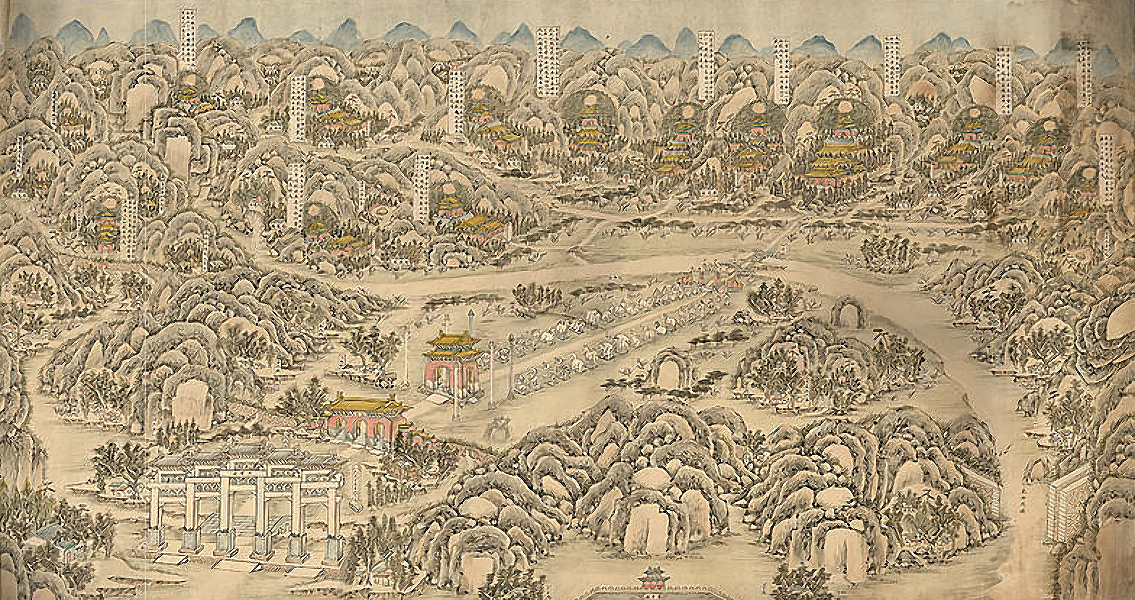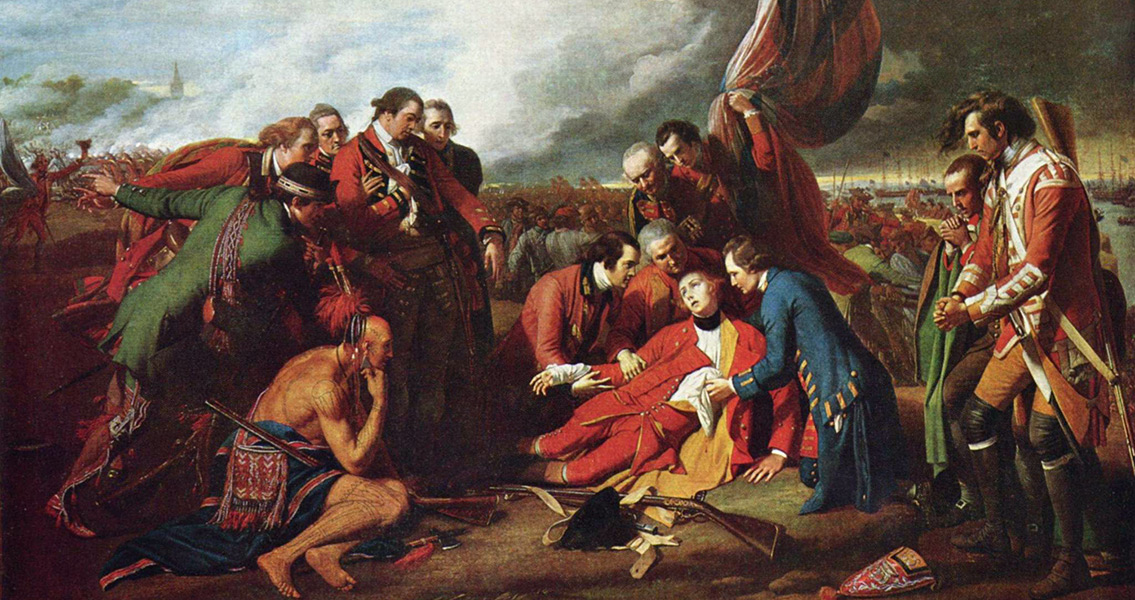Journal of Urban History. “The fragmentation of disciplines produces points of view that are difficult to reconcile but it also generates a plural vision, almost kaleidoscopic, on Spanish urban history. We believe this is a good time to make an overall assessment.” After Spain’s stagnation in the seventeenth century, the country began to experience demographic growth in the early eighteenth century. “Cities were trade nodes and grew on the basis of the development of colonial empires,” Diaz and Araujo explain. Interestingly, these early modern cities had a significantly lower level of life expectancy than rural areas. Most large cities suffered from negative natural population growth; this trend could only be offset by sustained mass immigration to urban areas. The Spanish monarchy started to focus on the urban population’s material needs, particularly food markets. Urbanisation, therefore, is clearly not a modern phenomenon. Past municipal governments also sought to solve problems caused by a growing urban population. These urban projects, however, were very fickle. “Escalating conflict between the French and British empires, from the Seven Years War, absorbed the budget of the Spanish monarchy and slowed down or did not permit authorities to carry out large urban projects or simply limited them to wealthier neighborhoods,” Diaz and Araujo noted. Another key period which Diaz and Araujo draw attention to is the Spanish Civil War. The destruction wrought by the Spanish Civil War in the 1930s left a devastated country and more than 800,000 dead. Following the war, famine and shortages – in particular of building materials – ravaged cities and delayed reconstruction work for decades. Between 1950 and 1980, Spain had the highest rates of urban growth in Europe, peaking at 3.23 percent per year in the 1960s. This remarkable urbanisation created a serious housing problem. In the absence of public housing, the rental market dominated – the percentage of private ownership of houses in Madrid and Barcelona fell to 6%. In response to this crisis, the Spanish government adopted policies to encourage private dwelling ownership, considered to be important for social stability. By 1970, the percentage of people owning their home had risen to 64%, by 1980 this figure was 73%. Urban growth, however, sowed the seeds of Spain’s housing bubble which burst in spectacular fashion following the 2008 economic crash. During the economic boom Spain experienced between 1995 and 2008, GDP grew at 4 percent annually and national income increased 60 percent over the same period. The driving force behind this growth was the construction of four million households: eight hundred thousand units were built from 2005 to 2007, which, Diaz and Araujo note, was the same amount as France, Germany, and the United Kingdom – which had five times the Spanish population – built as a whole. Diaz and Araujo trace nearly 300 years of Spain’s urban development and decline. Their work provides a spectacular overview of the major trends and events in Spain’s history and links it with developments in urban history. For more information: www.juh.sagepub.com Image courtesy of Wikimedia Commons user: Fallschirmjäger]]>







